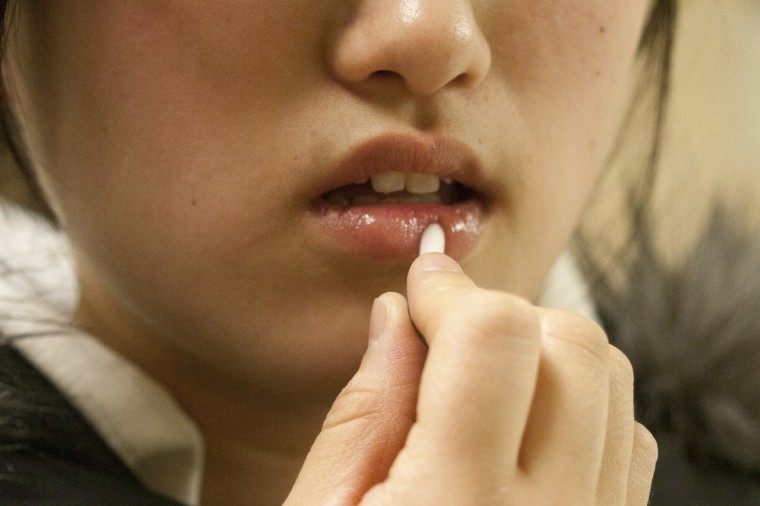Cosmetics ingredients lack risk assessment
February 27, 2012
Shampoos, conditioners, lotions, deodorants and makeup are just a few of the personal care products used every day by millions of people. However, most of the ingredients found in these products lack safety testing and risk assessment.
Consumers use about 10 personal care products per day, containing about 126 ingredients, according to the non-profit Environmental Working Group’s (EWG) Skin Deep database. However, of all the 10,500 ingredients found in personal care products, only 13 percent have ever been reviewed for safety by the Cosmetics Ingredients Review (CIR), according to EWG’s database.
The CIR consists of a review panel which was founded in 1976 by the industry trade association, which is now the Personal Care Products Council, with the support of the Food and Drug Administration and the Consumer Federation of America. The CIR states their review process is independent and operates under a set of procedures. However, their funding comes from the industry trade association.
“It’s like having the fox watch the henhouse,” said Steve Lux, health educator with Health Enhancement Services.
The Food and Drug Administration doesn’t regulate cosmetics, Lux said. However, they do have a non-voting representative who sits on the CIR and participates.
The CIR reviews ingredients found in personal care products and determines their safety based on their level of risk.
“Personal care products contain large volumes of chemicals, natural and synthetic,” according to the EWG website. “Some may be benign, but others could be harmful. Some hazards have not been identified because more research is needed. Cosmetic makers are not required to assess how much gets into your body and what the risks might be.”
People with allergies should really research the ingredients in the products they use on a regular basis, said Scarlett Adkins, esthetics instructor at Debutantes School of Cosmetology and Nail Technology, 145 N. Third St.
“I think if people are concerned, they should do their research on the products they’re using,” Adkins said. “I think it’s really good to know what’s in your products and what it’s made from.”
According to a 2004 article in the Journal of Toxicology, parabens are just one common ingredient found in many personal care products and have been used in cosmetics for over 50 years. Parabens have “antimicrobial and preservative properties” which extends a products shelf-life. Parabens readily absorb through the skin and gastrointestinal tract. However, reports on parabens esters are finding they are oestrogenic. Even low doses of oestrogen designed as hormone replacement therapy can advance the onset of breast cancer, the article stated.
“The parabens are one group of chemicals that are used extensively in body care formulations, are oestrogenic in a variety of assays, are readily absorbed dermally and have been detected in human breast tumor tissue,” the article stated in the Journal of Toxicology.
However, while parabens have been detected in breast tumor tissue, this does not mean parabens cause breast cancer or the cause the cells to grow, Lux said.
The CIR first assessed parabens in 1984 and determined parabens were safe to use, up to levels of 25 percent, Lux said. However, most manufacturers use parabens in the range of 0.01 to 0.3 percent, Lux said. The CIR again reviewed the status on parabens in 2003 and 2005 and stood by their same conclusions.
“Parabens have some estrogenic activity but they cause much less estrogenic activity than things that are naturally occuring in the body,” Lux said.
Weighing the costs and benefits of using a particular product is important when determining risk, Lux said.
“Your have to decide how much risk you want to take,” Lux said. “Anything you put in your body has some amount of risk.”
Stephanie Brooks, junior speech and language pathology major, said she never really looks at the ingredients in the products she uses.
“I have pretty sensitive skin, so I know what’s not good to buy,” Brooks said.
However, Brooks said if she found out there were hazardous ingredients in certain products, she wouldn’t use them and would pay better attention to other products in the future.



